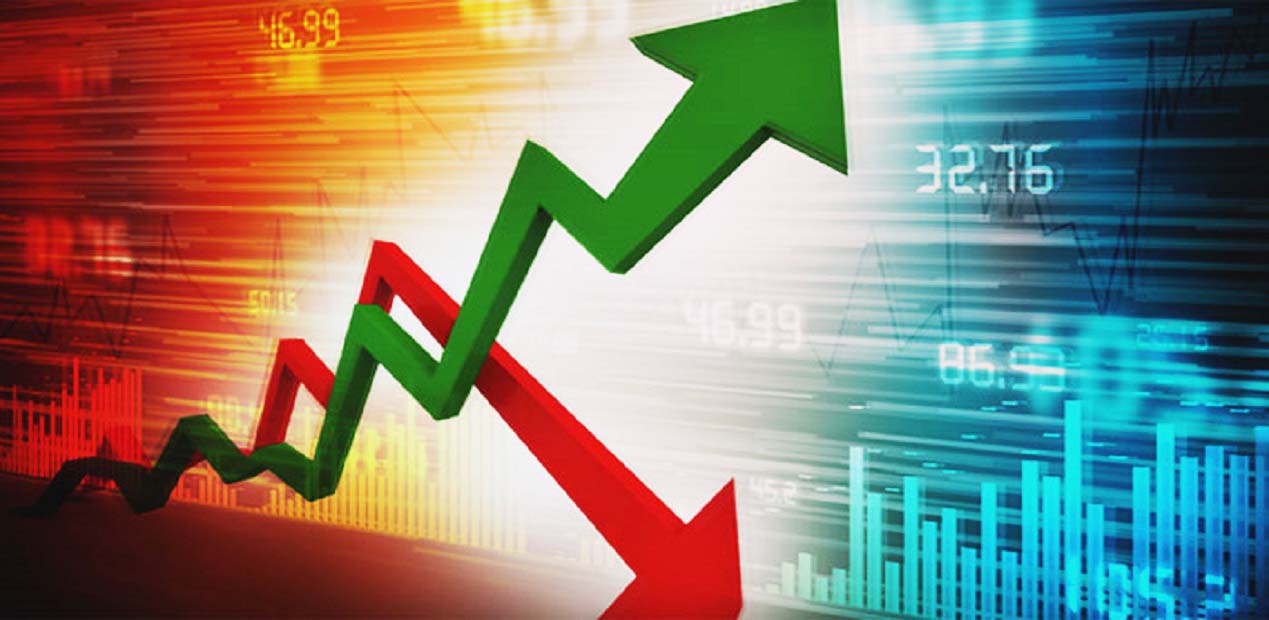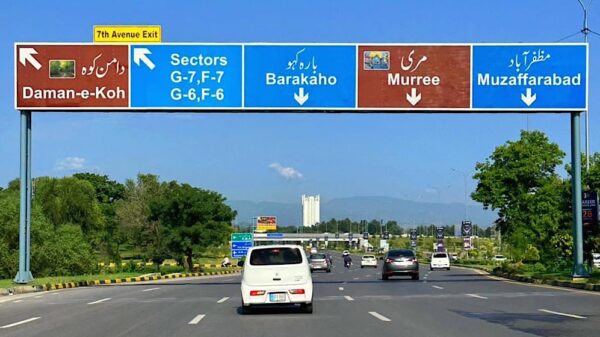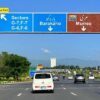After hitting the rock bottom last year under the devastating burden of the Covid-19 global pandemic, Pakistan’s economy –buoyed by agricultural performance, large-scale manufacturing, and workers’ remittances – appears to be staging a recovery.
Pakistan suffered an economic contraction of 0.4 percent last fiscal year as the worst health emergency in a century laid waste economies worldwide, throwing millions out of employment and plunging millions into poverty.
Based on this downturn, the government had initially set a modest growth target of 2.1 percent of GDP for the current fiscal year. However, economic indicators began to improve slowly but surely as various sectors of the economy started to adjust with the new realities of life.
This encouraged the State Bank of Pakistan to revise the growth projection to 2.5 percent of GDP by the second quarter of current year on the back of healthy agriculture performance except for cotton crop and better industrial recovery supported by the construction and export sector.
At the conclusion of first quarter of the fiscal, the government also appeared confident to project economic recovery. “Prospects of economic growth are showing visible signs of improvement during Jul-Jan FY2021 which strengthen expectations about economic recovery”, said the ministry of finance on the conclusion of first half of current fiscal.
The government claims credit for the uptick to the timely measures against the pandemic in terms of fiscal stimulus, easing mobility restrictions, timely arrangement of vaccination, together with an accommodative monetary policy that allowed economic activities to continue at this difficult time. Officials say a broad-based economic recovery is on its way and may accelerate in the coming months.
In its latest monetary policy statement, the SBP upgraded its growth forecast to 3 percent of GDP. This is despite the fact that almost all the international lending agencies – the International Monetary Fund, the World Bank and the Asian Development Bank – projected a growth rate of 1.5 percent of GDP or less.
In agriculture, the cotton output fell short of the target by over 3 million bales, necessitating import of at least 5 million bales. Pakistan’s textile industry’s consumption has varied between 12 and 16 million bales per annum over the past few years but domestic production this year is estimated at about 7.7 million bales, leaving a shortfall of at least 5 million bales.
Therefore, the government early this month allowed the import of cotton from Afghanistan and Central Asian Republics (CARs) through Torkham border to bridge the gap between supply and demand and to ensure availability of cotton to support textile exports. However, necessary arrangements with reference to Plant Quarantine Rules would have to be put in place to meet Sanitary and Phytosanitary (SPS) requirements for overland import of cotton.
Better yields for other Kharif crops are expected to mitigate the risk. Also, for Rabi season 2020-21, wheat crop production is expected to achieve production target as almost 99 percent target area has been sown. On the basis of better input availability and favorable weather forecast, the production of wheat is expected to meet its target.
Large Scale Manufacturing (LSM) was an area most exposed to external conditions as the activity was recovering from two consecutive crises. First, in 2019 the BOP crisis necessitated policy adjustments to curb unsustainable external deficits which depressed LSM. Then, the COVID-19 pandemic required measures to preserve peoples’ health which caused industrial output to fall significantly, especially in March, April, and May 2020.
Yet LSM surpassed its pre-COVID level of production in January FY2021, witnessing a 9.1 percent growth on a YoY basis from -5.7 percent in January FY2020. Tractor production and sales rose by 52.9 percent and 52.6 percent during July-February 2020-21.
After a very strong month-on-month (MoM) increase in December 2020, partly due to seasonal effects, imports came back to the normal levels in January 2021, resulting in a MoM improvement in the trade balance. Although they remain supported by the ongoing economic recovery and further increases in international commodity prices, imports in March 2021 are expected to remain lower than or at roughly the level observed in January 2021.
On the other hand, exports are expected to soar on the back of incentives offered to export-oriented industries. Already, exports during July-February FY 2021 increased by 4.4 percent to USD 16.3 billion against USD 15.6 billion last year with textile sector exports increasing by 6.7 percent YoY.
As a consequence, in the baseline scenario, the trade balance is expected to show further improvement as compared to the two previous months. During Jul-Feb FY 2021, remittances rose to USD 18.7 billion compared to USD 15.1 billion last year, posting a growth of 24.1 percent. These strong inflows are expected to help further narrow down the trade deficit.
The resurgence of the COVID-19 infection placed considerable strain on the fiscal side of the economy during the first half of the current fiscal year. Despite significant challenges, the revenues side performed better on the back of improved tax collection both at the federal and provincial levels. This was an indication of growing economic activity even in the wake of challenges posed by the second wave of the pandemic.
With the economic activity accelerating, revenues are expected to improve further. On the other hand, the expenditure side is expected to remain under pressure due to COVID-related expenditures.
The government has extended tax amnesty till June 2021 and the fixed tax regime till December 2021. This supports special package for the construction sector announced by the prime minister last year to increase employment opportunities in the country in the wake of coronavirus outbreak.
The International Monetary Fund has also supported the package for economic revival. Some of the main incentives include an amnesty scheme for all new investments in the construction industry which means this will remain exempted from investigation from tax departments.
The Fixed Tax Scheme is based on a tax calculated per square yard or square foot of construction. If investment or construction is for the Naya Pakistan Housing Scheme, 90 percent of the profit will be exempted from this tax. The government is also providing a PKR 33 billion subsidy for the Naya Pakistan Housing. Moreover, the construction industry has been exempted from withholding tax on payment for goods and services except for the payment to cement and steel supplier and manufacturers.
Inflation has remained a challenge. From 5.7 percent in February, the inflation measured by consumer price indicator has increased to 8.5 percent in February as electricity tariffs and wheat and food prices increased substantially. The trends indicate the upward trajectory of inflation will continue in the near future.
Tax revenues grew by 6 percent to PKR 2,915 billion during July-December 2021 from PKR 2,750 billion for the comparable period last year. The primary balance posted a surplus of PKR 416 billion in the first half of FY 2021 as compared with PKR 153 billion last year. Pakistan’s total liquid foreign exchange reserves increased to USD 20 billion by the end of February 2021. The present reserves level provides the import cover of almost around 3 months.
In other good news, the KSE 100 Index crossed the 46,000 mark for the first time since April 2018; and the PKR gained strength against USD with the reduction in trade deficit and current account deficit.










